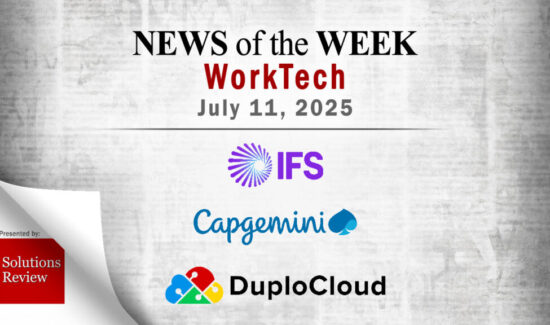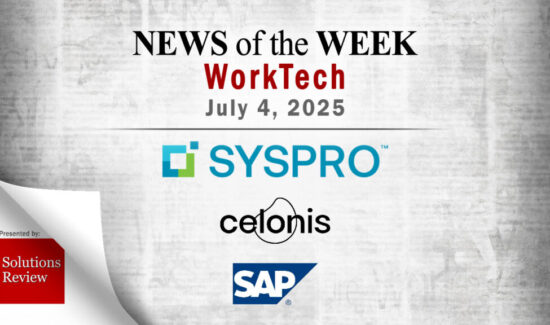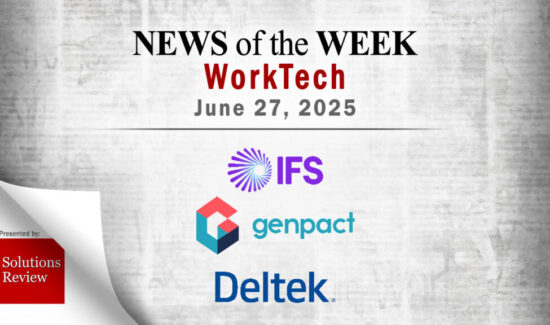2019 Gartner Critical Capabilities for Enterprise Low-Code Application Platforms: Key Takeaways

 Analyst house Gartner, Inc. has released its 2019 Critical Capabilities for Enterprise Low-Code Application Platforms, companion research to the popular Magic Quadrant report. Used in conjunction with the Magic Quadrant, Critical Capabilities is an additional resource that can assist buyers of business process management solutions in finding the products that best fit their organizations.
Analyst house Gartner, Inc. has released its 2019 Critical Capabilities for Enterprise Low-Code Application Platforms, companion research to the popular Magic Quadrant report. Used in conjunction with the Magic Quadrant, Critical Capabilities is an additional resource that can assist buyers of business process management solutions in finding the products that best fit their organizations.
Gartner defines critical capabilities as “attributes that differentiate products/services in a class in terms of their quality and performance.” Gartner rates each vendor’s product or service on a five-point (five points being best) scale in terms of how well it delivers each capability. Critical Capabilities shows you which products are best for each use case and includes a comparison graph for each, along with in-depth descriptions of the various points of comparison.
The study highlights 19 vendors Gartner considers most significant in this software sector and evaluates them against nine critical capabilities and now four use cases prevalent in the space, including:
- Citizen development
- Business unit IT applications
- Enterprise IT composite applications
- SaaS and Independent Software Vendor (ISV) mobile and web applications
The editors at Solutions Review have read the report, available here, and pulled out three key takeaways.
Low-code Application Platforms (LCAPs) are used more by professional enterprise IT developers
Though LCAPs typically are targeted towards citizen developers, in actuality, they are more likely to be used by professional enterprise IT developers. Gartner’s reference survey revealed that 66 percent of LCAP users utilized professional developers in an enterprise IT department, while 42 percent used business analysts of business unit developers. Additionally, 41 percent also used business users. Gartner also assessed low-code application development, because most LCAPs need some textual inputs for business logic and process flow descriptions.
Integration and cloud capabilities are essential
When vendors were questioned about their managed cloud service, hybrid and multi-cloud support, and cloud attributes such as elasticity and subscription models, 67 percent were using an LCAP as an application Platform as a Service (PaaS) in the cloud, and 17 percent were deploying it on their own Infrastructure as a Service (IaaS). Because more services are delivered by cloud providers, SaaS, and locally through custom internal development, there is a special emphasis on making integrations as simple as data handling for developers and exploiting APIs from multiple sources.
Mendix and Pega are consistently leading
Mendix and Pega consistently scored in the top-four for each of the four LCAP use cases Gartner covered in the report, showing that they are well-rounded vendors. Pega was the top provider for enterprise IT composite applications, second place for business unit IT applications, and fourth in both citizen development use cases and SaaS and ISV mobile and web applications. While Mendix did not top any one category, it was the top four for all of them.
Mendix offers cloud services that are based on Cloud Foundry and run globally on AWS in AWS regions. Additionally, Pega delivers prebuilt data schema for a range of domains and comprehensive processes, decisions, and analytics support.
To download Gartner’s Critical Capabilities for Enterprise Low-Code Application Platforms, click here.





















